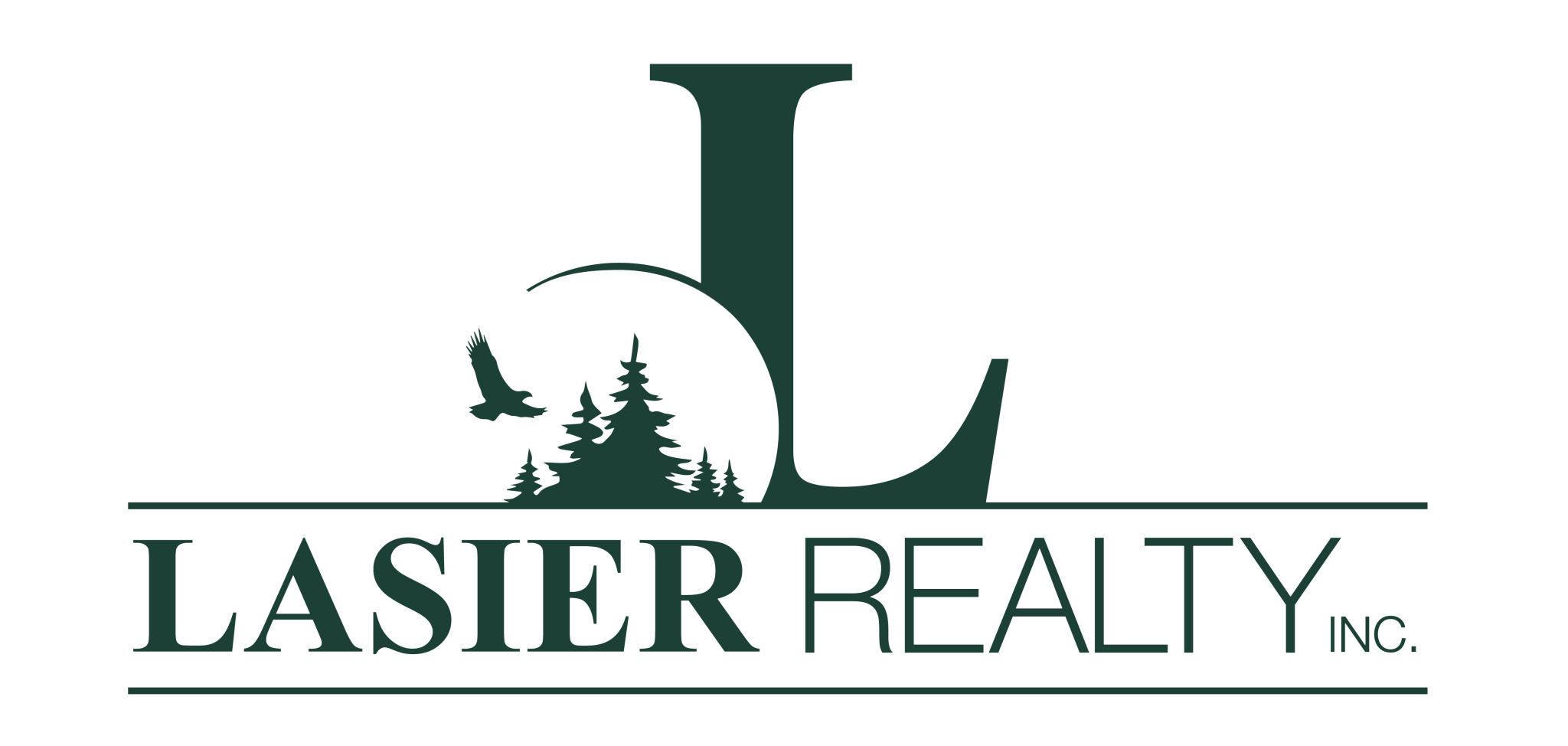In Northern Wisconsin Foreclosures do exist, this is a good thing if you are looking for a great deal when buying a home. The mortgage meltdown of the last decade created a cascade of distressed home sales in Northern Wisconsin. From short sales to foreclosures, many homeowners found that they owed more on their property than its value and were forced to sell short or allow the bank to foreclose. The current crop of potential home buyers includes these distressed sellers. These are responsible borrowers who found themselves caught up in the lending frenzy and now they are eager to re-enter the housing market. But where should you begin?
Preparing To Buy Northern Wisconsin Foreclosures
Before you head out to look for those Northern Wisconsin Foreclosures, you need to prepare for the new purchase. Unless you’re a Veteran, there are no more 100% financing options in Northern Wisconsin. We’ll talk about types of financing a little later, but for now we’ll assume you need a down payment. ![]()
The first step in planning for the home purchase is to talk with a lender. You can speak with someone at your banking institution or find a mortgage broker. If you need a referral, then family and friends could be a good resource.
When you meet with the lender, they can run your credit report and talk with you about your current situation. You might be surprised to find that your score is higher than you expected it to be. Many homeowners were forced to make a financial decision based on factors out of their control. These are often referred to as strategic defaults. In most cases, the borrower continued to make car payments, credit card payments and installment loans. This positive history contributed to the faster recovery of their credit score.
If your credit needs a little work, the Northern Wisconsin lender can advise you about this as well. They can tell you how to re-establish credit and typically how long it will take. Most lenders have some form of computer program which allows them to manipulate the credit data to see what steps you can take to raise the scores. This takes the mystery out of credit recovery and your lender is your ally.
Based on your credit, income history and debt, the lender will explain how much down payment and savings you will need to purchase that new home.
Financing Options
FHA Loans
A FHA loan is a mortgage insured by the Federal Housing Administration. FHA loans are popular with borrowers because it requires a lower down payment and has less stringent lending requirements for debt and savings (reserves). Borrowers pay for private mortgage insurance (PMI) which protects the lender in the event of default.
Condominium and Townhouse Projects must be on the FHA approved list which checks for the health of the Home Owner’s Association. Single Family Homes do not need specific approval.
Guidelines for 2017
- Foreclosure: You may apply for a FHA loan three (3) years after the date of sale.
- Short Sale/Deed in Lieu: FHA treats a short sale as a foreclosure so the waiting period is also three (3) years.
- Bankruptcy: You may apply for a FHA loan two (2) years after a Chapter 7 and one (1) after a Chapter 13 Bankruptcy.
- Credit: Credit must be re-established with no late payments older than 12 to 24 months depending on the hardship.
VA Loans
A VA (Veteran’s Affairs) loan is a mortgage guaranteed by the US Department of Veterans Affairs. The VA loan is available for eligible Veterans or their surviving spouses (if they have not remarried) and allows up to 100% financing without PMI. As with the FHA loans, the VA loan has more relaxed lending criteria and understands the variation of income that a returning service member might have.
Guidelines for 2017
- Foreclosure: You may apply for a VA loan two (2) years after a foreclosure sale date.
- Short Sale/Deed in Lieu: You may apply for a VA loan two (2) years after a short sale unless the loan was a VA loan and then there could be restrictions.
- Bankruptcy: The waiting period is two (2) years for a Chapter 7 Bankruptcy. In the case of a Chapter 13, you might be able to apply after 12 months of payment on the payment plan and if a judge approves the new debt.
- Credit: Credit must be established with a minimum credit score of 620.
Conventional Loans
A conventional loan is a loan which conforms to the guidelines presented by Freddie Mac and Fannie Mae. A conventional loan is not guaranteed by the US government, although if the value of the loan is higher than 80% of the property value, the borrower will pay PMI. These loans can include a variety of mortgages from constructions loans, portfolio loans and even sub-prime loans. These loans are underwritten with guidelines which allow the loan originator to sell these loans to either Freddie Mac or Fannie Mae.
A conventional loan is normally expected to have a 20% down payment, but in recent years we’ve seen 10% and even 5% down loans.
- Foreclosure: You must wait seven (7) years after a foreclosure to apply for a conventional loan. A foreclosure that was included in a Bankruptcy the waiting period is four (4) years.
- Short Sale/Deed in Lieu: You may apply for a Conventional loan four (4) years after a short sale that was not included in Bankruptcy.
- Bankruptcy: You may apply for a conventional loan four (4) years after a Chapter 7 Bankruptcy and two (2) years after a Chapter 13 discharge.
- Credit: Credit must be re-established with a minimum credit score of 620.
Purchasing a new Northern Wisconsin home after a Short Sale, Foreclosure or Bankruptcy is within reach. If you’re ready to buy, talk with a lender and local real estate agent to start planning. They are the experts who can guide you in the preparation stage as well as when you’re ready to house hunt. Understand your options and learn what the steps are to ready your financial portfolio so that you will sail through the lending process and close on your new home.

